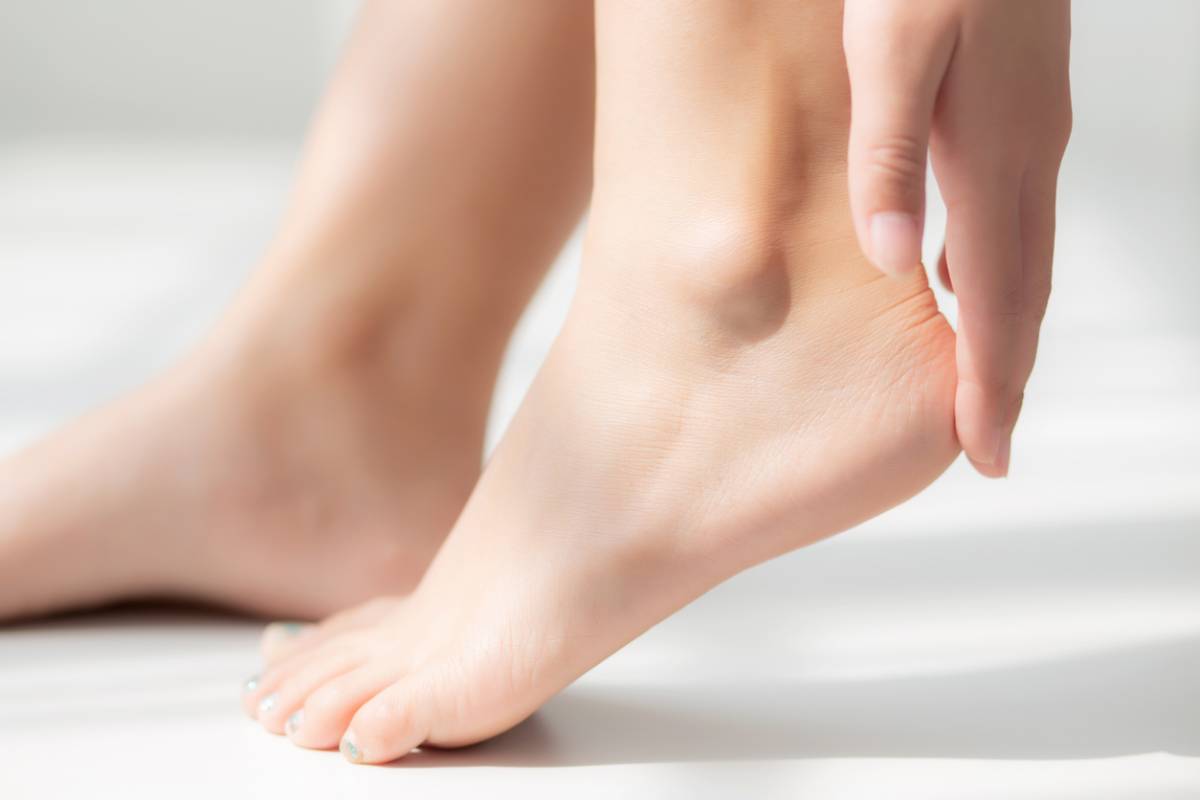Heel fat pad atrophy is a common condition that impacts roughly 20% of adults over the age of 40. It is characterized by the graduate thinning and deterioration of your heel fat pad. The fat pad is integral in protecting your heels. The condition can dramatically impact one’s daily life as it causes a number of unwanted symptoms. Due to the serious nature of the condition, it is important to understand the symptoms and risk factors and consult with a skilled podiatrist. You may wonder, what are the risk factors for heel fat pad atrophy.
Risk factors for heel fat pad atrophy
There are a number of factors that increase your risk of developing heel fat pad atrophy. Consider the following to better understand your level of risk.
Obesity:
Carrying excess weight places additional pressure on your heels. This results in increased compression on your fat pad, which can lead to premature thinning. Maintaining a healthy weight is important. This can be achieved through regular exercise, a healthy diet, and a healthy sleep schedule. Consult with a medical professional if you are unable to manage your weight on your own.
Natural Aging:
While you cannot control the aging process, it can have an impact on the health of your heel fat pads. The natural wear and tear that comes with life results in volume loss in your heel fat pad. This makes older adults much more susceptible to the condition. Consult with a skilled podiatrist on what types of preventative measures you can take to reduce your risk.
Poor Footwear:
Unsupportive shoes or shoes that don’t fit can have a serious impact on your foot health. This includes increasing your risk for heel fat pad atrophy. It is critical to wear shoes that are supportive and fit. You should also avoid not wearing shoes, especially when walking on hard surfaces. Consider your footwear an added layer of protection for your overall foot health.
High-Impact Activities:
Avid runners or those who regularly participate in high-impact activities can experience an increased risk for heel fat pad atrophy. If you cannot reduce the amount of high-impact activities you participate in, be sure to wear supportive shoes. Talk with a podiatrist about your foot health to ensure you take preventative measures.
Prolonged Standing:
Standing for long periods can place excess pressure on your heel fat pad. This is common for those who have to work long shifts while standing. If you can avoid prolonged periods of standing, it’s important to do so. If you can’t, try to take regular breaks to give your feet a rest. You should also invest in supportive footwear and stand on a supportive mat if possible.
Symptoms of Heel Fat Pad Atrophy
There are a number of symptoms associated with heel fat pad atrophy. Consider the following symptoms and consult with a skilled podiatrist for support.
- Pain or Tenderness: Persistent heel pain and tenderness is one of the most common symptoms of heel fat pad atrophy.
- Swelling: Inflammation or swelling around your heel may occur if you have the condition.
- Footsurgeon.com Risk factors for heel fat pad atrophy
- Quality of Life: Heel fat pad atrophy can make your daily activities difficult enough that you may have to adapt your regular routine.
Heel Fat Pad Treatment
If you experience the symptoms of heel fat pad syndrome, contact a local podiatrist right away. They can provide you with a diagnosis and create a customized treatment plan for you. Treatment depends on the severity of your symptoms and the impact they have on your daily life. You may be able to modify your daily routine or require a fat pad augmentation. The team at Foot & Ankle Concepts, Inc. is skilled in treating heel fat pad atrophy. Contact their office today for an appointment!


